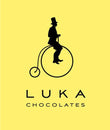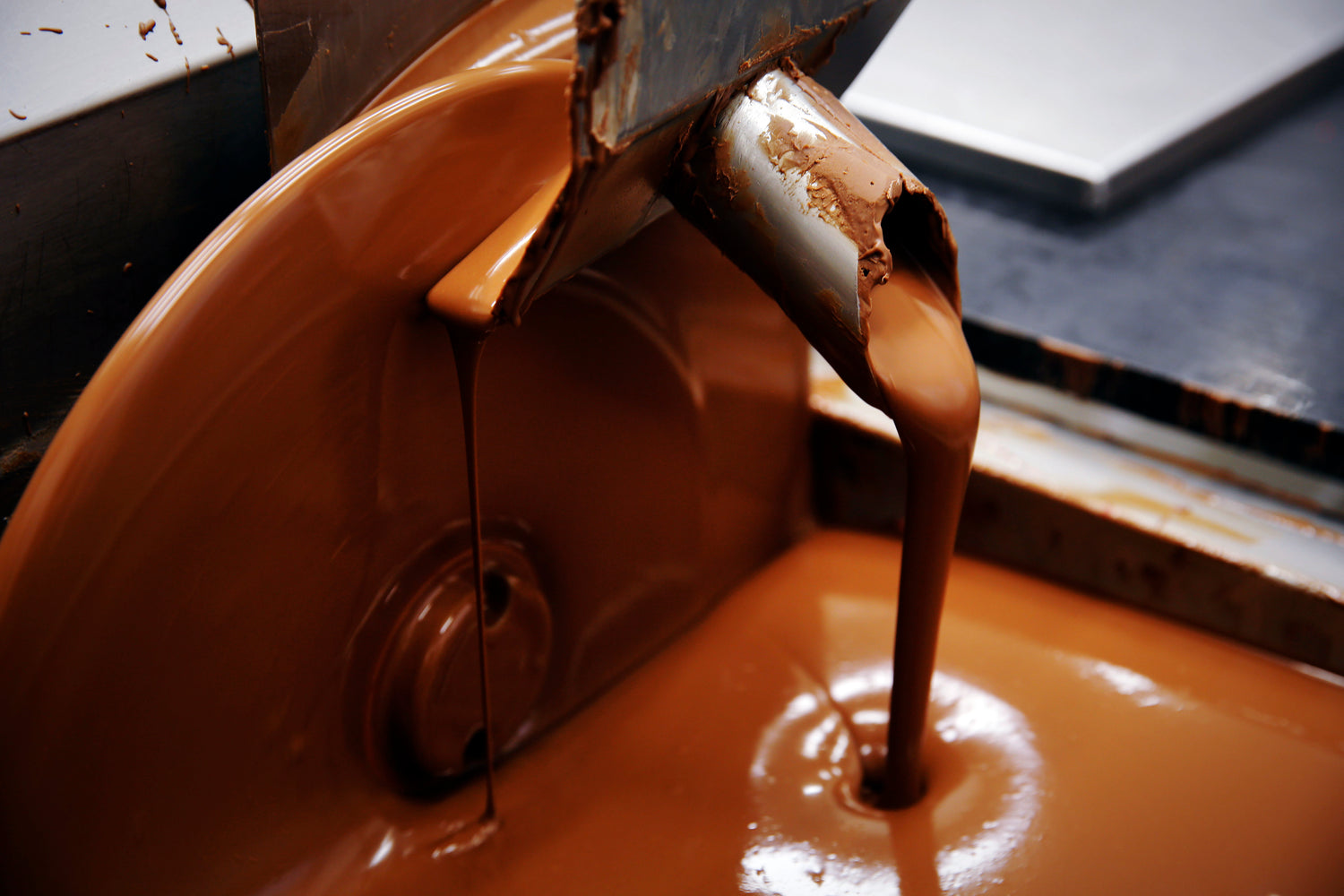Handmade Chocolate – what is all the fuss about
We thought we would start our first real blog post with information about the thing we do every day of the week, making fine handmade chocolates. So what makes handmade chocolates so special? In a nutshell, we use premium ingredients, that are fresh and locally sourced wherever possible, we spend time making sure that we temper our chocolate correctly, we use premium polycarbonate chocolate moulds each of which requires careful preparation, we carefully fill the chocolate moulds to create the chocolate shells, typically let them set overnight, we then fill them and then we close them. After that, we carefully de-mould them, check to make sure each chocolate meets our high quality standards, you will see our bags of seconds chocolates at our Central Coast Chocolate Factory, we carefully pack them and then seal them so that they stay fresh, don’t absorb any smells(chocolate can absorb lots of smells that will spoil the product) and don’t around and get scuffed. They are stored in our temperature and humidity controlled facility until our customers are ready to try them, which isn’t very long at all!!!

As you can see, there is a lot of steps in there. So here is the quick overview of each of those steps:
Preparation:
Handmade couverture chocolates (product made with compound chocolate just involves melting, and the lower quality is apparent) come with a beautiful shine on each chocolate. Some of this comes from the tempering process and some comes from using high quality polycarbonate moulds that are flawlessly clean. We will do a separate blog post on chocolate tempering and the different types of chocolates that can be used, so the short version of it is that we melt the chocolate and adjust the temperature up and down until the chocolate is the right consistency to get the highest quality finished product(we know this point by looking at it and seeing its consistency, practice makes perfect after all). Apart from starting with the right quality chocolate moulds, we mostly use Chocolate World, JKV and Hacos moulds as these are the best in the world, each mould is hand washed at high heat to ensure it is clean and hygienic, it is then dried by hand(this isn’t a fun job) and is then polished to so that each chocolate shines.
Good preparation pays off in getting a beautiful shine and a consistent colour on the chocolate. Poorly tempered chocolate or moulds that aren’t property clean can result in a white sheen and other marks on the chocolate. Not what you want if you are planning on impressing somebody with a luxury chocolate gift.
Shelling & Moulding
As the name suggests, this is the process of creating the chocolate shell and mould for each chocolate. This normally involves filling the chocolate mould with tempered chocolate. We leave this sit on a vibrating table for about 20-30 seconds, this helps ensure that the chocolate fills the mould and there is no air pockets left. We then flip the mould over, back into the chocolate reservoir so that the excess chocolate oozes out. The length of time the chocolate is left sitting before turning it over will impact the thickness of the shell.
Some of the things we can do at this point include doing multiple coats of chocolate to create the shell, sometimes this is to get a thicker shell or maybe to have different layers of milk, dark and white chocolate. Depending on the desired finish of the product, we may also decorate the inside of the chocolate mould before creating the shell, for example to have a painted chocolate finish. More on that in another blog too.
We tend to leave the moulds overnight to set.
Filling the Chocolate Mould
Here is where the creativity and magic really starts to happen. There are three types of fillings that are normally used, either a ganache, a praline or a fondant filling. Covering each quickly.

A chocolate ganache is a mixture of chocolate (no surprise there), cream and different flavourings. A ganache can be made to many different consistencies which can give you a gush of flowing chocolate when you bite it or be a firmer texture like soft chocolate. We have lots of fruit-based ganache’s such as Mango, Chilli and Lime to name a few of our customers favourites.
A praline is a mixture of ground sugar and nuts. This tends to give a nice crunchy consistency. We combine it with chocolate, we seem to do this with most things, to get the right consistency. Pralines come in many forms but we tend to use an almond or hazelnut praline.
Finally there is a fondant. This is a sugar based filling which is mixed with flavours. Some of the most common flavours we have are our Mint Leaf dark chocolate and our Violet Cremes.
We also have liqueur chocolates, our Cherry Liqueur is our favourite here. More on these in another post.
Closing the Chocolates
The final step in making a handmade Belgian chocolate is closing the mould. There is normally a bit of space left in each chocolate to close them. This simply involves spreading a layer of chocolate on top, scraping it off so that it is neat, and then allowing them to set. At this point, we will point out that not all chocolates are closed, some leave the top open like our Blueberry Bliss cups, and others might involve putting two moulds together like our praline mushrooms. Whatever the finish, it is important to get it right as any imperfections might see all our hard work ending up with a great tasting chocolate not meeting our high visual quality standards, and not closing things properly can leave air bubbles in the inside or impact on how long the chocolate stays fresh for.

Handmade chocolates at Luka Chocolates
Our Factory Retail store at the Wyong Milk Factory allows customers to see us making our chocolates through our observation window. We have a range of chocolates available to purchase and we will often share free samples with the people who visit us, especially when we are experimenting on a new chocolate.
Please post any questions you have as comments to this post, and let us know what else you would like to hear about next.


